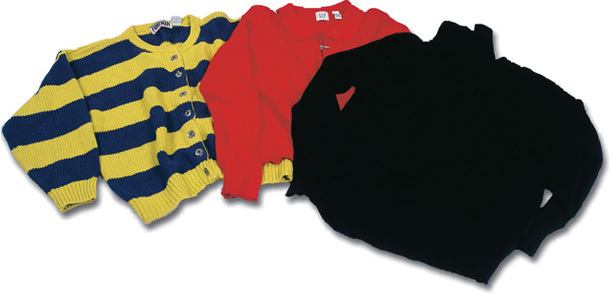Section 3 The Role of Prices
Preview
Objectives
After studying this section you will be able to:
- Analyze the role of prices in a free market.
- List the advantages of a price-based system.
- Explain how a price-based system leads to a wider choice of goods and more efficient allocation of resources.
- Describe the relationship between prices and the profit incentive.
Section Focus
Goods and services can be divided up among buyers and sellers by a central plan or a price-based market system. Prices allow an efficient, flexible exchange of goods.
Key Terms
- supply shock
- rationing
- black market
- spillover costs
In Section 1, you read how supply and demand interact to determine the equilibrium price and quantity sold in a market. You also read about how those prices change over time. Prices are a key element of equilibrium. Price changes can move markets toward equilibrium and solve problems of excess supply and excess demand. In this section we will discuss the importance of prices and the role they play.
In a free market, prices are a tool for distributing goods and resources throughout the economy. Prices are nearly always the most efficient way to allocate, or distribute, resources. The alternative method for distributing goods and resources, namely a centrally planned economy, is not nearly as efficient as a market system based on prices.
Prices in the Free Market
Prices serve a vital role in a free market economy. Prices help move land, labor, and capital into the hands of producers, and finished goods into the hands of buyers. The following example shows the benefits of a system based on free market prices.
Kevin decides to buy a sweater for his sister for her birthday next month. He goes to a nearby shopping center and compares the prices of several different sweaters. Kevin finds that a department store offers cotton cable-knit sweaters for $30 to $50 and soft cashmere sweaters for $110. He visits other stores and finds that he can spend as little as $20 for an acrylic sweater or as much as $350 for a designer cashmere sweater. Kevin considers his sister's tastes and his own income and buys his sister one of the less expensive cotton sweaters.
Later, Kevin uses his computer to browse catalogs of mail-order stores. He's surprised to find a sweater very similar to the one he bought, but it's on sale for $5 less, shipping included.

Sweaters sell for different prices, depending on quality, style, and type of yarn.




